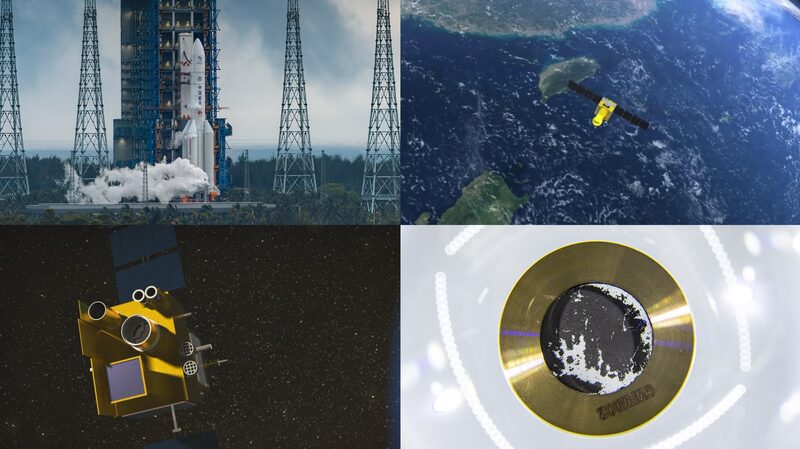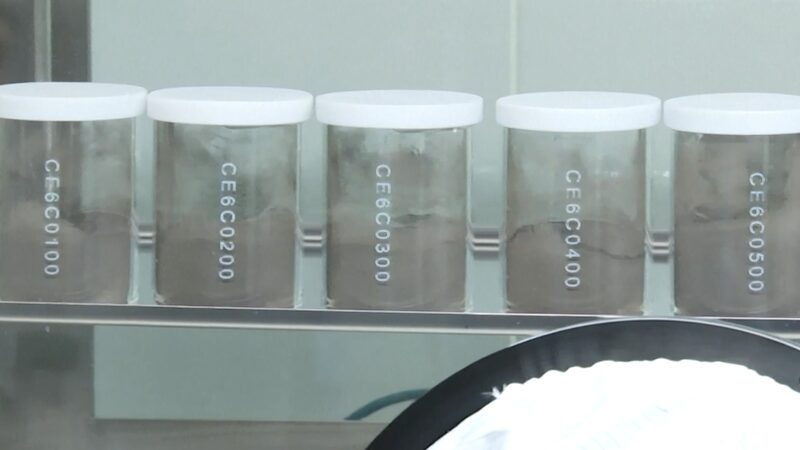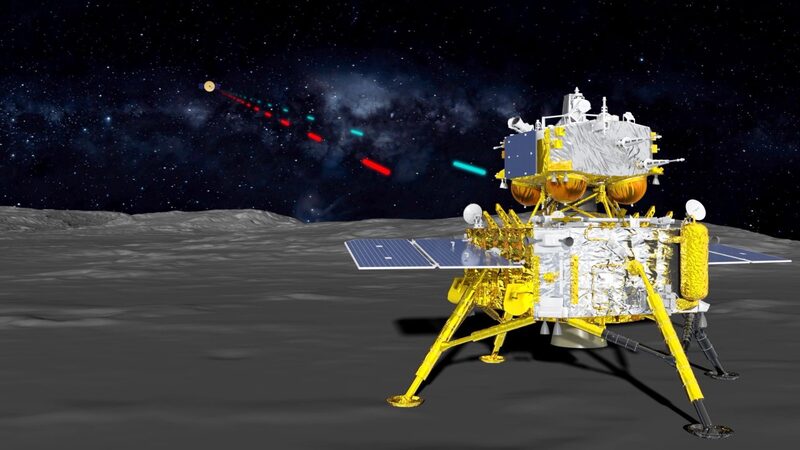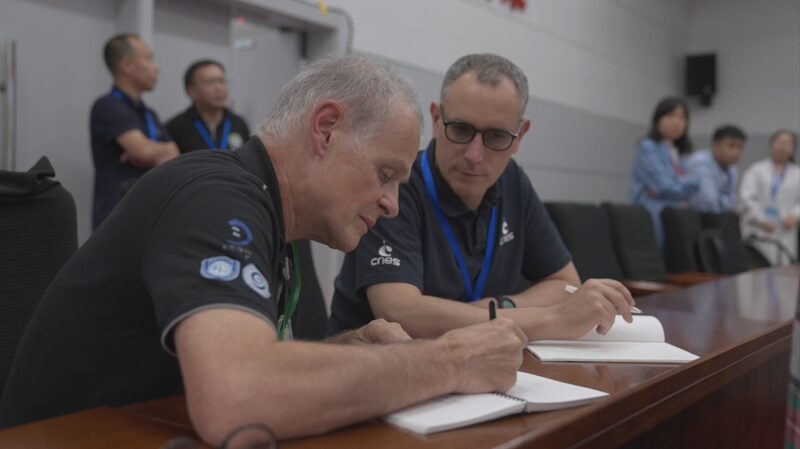In an exciting leap for space exploration, China launched the Chang'e-6 lunar probe into orbit on May 3. This mission aims to collect samples from the lesser-known far side of the moon – a groundbreaking endeavor in human history. 🌙✨
One of the standout features of the Chang'e-6 mission is its international collaboration. The probe is equipped with payloads from four countries, with France playing a key role. French scientists will use their payload to measure radon gas and its decay products on the lunar surface, providing invaluable data for future space endeavors. 🇫🇷🔬
\"The study of radiation environment in cislunar space is very helpful for our scientists to have a better understanding of the moon,\" said Yang Yuguang, vice chair of the International Astronautical Federation's Space Transportation Committee.
\"Radon is the product of many radioisotope during their radioactive decay, therefore the detection of radon is an effective way to study radioactivity in cislunar space,\" he added. \"It's also necessary to do this research as a preparation to set up a permanent base on the lunar surface.\"
The Chang'e-6 mission marks a continuation of the strong China-France partnership in space exploration. Since signing an agreement for the peaceful use of outer space in 1997, the two nations have collaborated on several projects, including the China-France Oceanographic Satellite. 🌏🔭
Reference(s):
China-France space cooperation benefits global scientific research
cgtn.com





